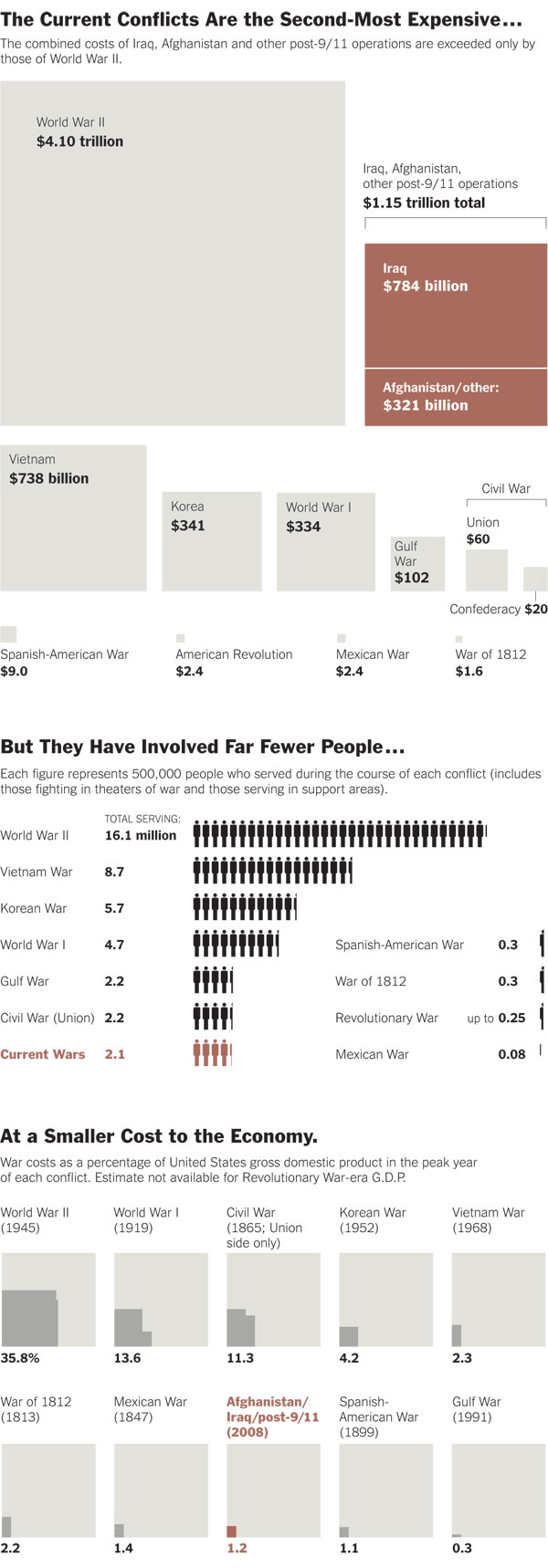| Want to send this page or a link to a friend? Click on mail at the top of this window. |
| More Books and Arts |
| Posted July 28, 2010 |
| Guns | |
|
|
|
| The War: A Trillion Can Be Cheap | |
|
|
|
| By ELISABETH BUMILLER |
 |
|
THE NEW YORK TIMES |
| _______________________________ | |
|
|
|
| The latest figures on fighting show it's more expensive to fight than ever, but easier to afford. | |
| _______________________________ |
| Wehaitians.com, the scholarly journal of democracy and human rights |
| More from wehaitians.com |